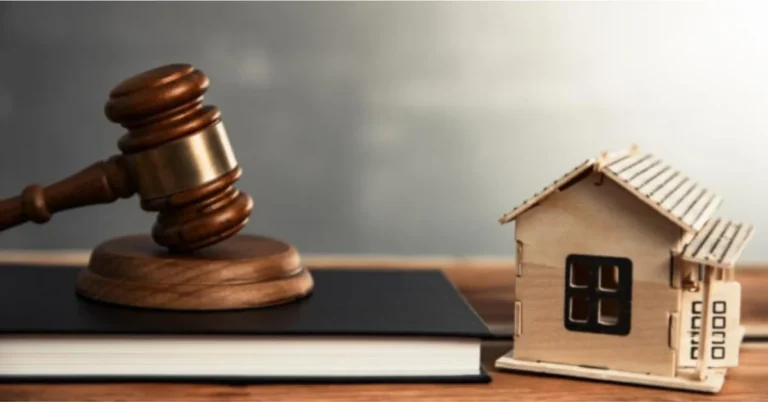Introduction
The Great Western Buildings lawsuit represents a landmark case in architectural conservation, heritage, and legal battles over historic preservation. This extensive legal dispute, which has garnered significant attention from historians, architects, and legal experts, delves into its complexities.
Of preserving architectural heritage in the face of modern development pressures. The case underscores the delicate balance between progress and preservation, bringing various legal, ethical, and cultural issues to light.
Historical Background of Great Western Buildings
Significant Western Buildings, a collection of architectural marvels, have long stood as testaments to the ingenuity and craftsmanship of the past. These structures, varying in style from Victorian to Art Deco, embody their respective eras’ architectural and cultural zeitgeist. Their historical significance is not just in their aesthetic appeal but also in their representation of the architectural evolution over centuries.

The Decline and Call for Preservation
Over the years, many of these buildings fell into disrepair, were victims of neglect, and were subjected to the relentless march of urban development. The growing awareness of their historical value led to calls for preservation spearheaded by heritage organizations and local communities. These efforts highlighted the need to protect these structures as vital links to our past.
The Genesis of the Lawsuit
The crux of the Great Western Buildings lawsuit emerged from a proposal by a development company to demolish several of these historic structures. The plan was to create a modern commercial complex, citing economic benefits and urban renewal. This proposal immediately sparked outrage among preservationists and the local community.
The Legal Challenge
In response, a coalition of heritage organizations and concerned citizens sued to halt the demolition. The lawsuit argued that the proposed development violated various heritage conservation laws and ignored the cultural and historical significance of the Great Western Buildings. It became a battle for the buildings and the broader principle of preserving historical heritage.
Interpreting Heritage Laws
A significant aspect of the lawsuit involved interpreting heritage conservation laws. The plaintiffs argued that these laws provided clear protection for the buildings. At the same time, the defense contended that the laws allowed exceptions, especially in cases of economic necessity or urban development.
Balancing Progress and Preservation
The case also brought the ethical dilemma of balancing progress with preservation to the forefront. While the need for urban development and economic growth is undeniable, the lawsuit posed the question: At what cost does this progress come, especially when it threatens to erase historical and cultural landmarks?

The Trial and Its Proceedings
During the trial, both sides presented extensive evidence. Preservationists brought in experts in architecture, history, and conservation to underscore the irreplaceable value of the Great Western Buildings. Conversely, the defense highlighted the economic and social benefits of the proposed development, including job creation and urban revitalization.
The Public Reaction
The trial captured the public imagination, with media coverage amplifying the debate beyond the courtroom. Public opinion was deeply divided, with some advocating for economic progress and others vehemently opposing the destruction of heritage sites.
The Verdict and Its Implications
After lengthy deliberations, the court’s decision was a landmark moment in architectural heritage preservation. The verdict, which favored the preservation of the Great Western Buildings, was hailed as a significant victory for heritage conservation. However, it also raised questions about the rights of property owners and the extent of government intervention in preservation efforts.
Broader Implications for Heritage Conservation
The ruling set a precedent for future cases involving historical preservation. It underscored the importance of legal frameworks in protecting heritage sites and highlighted the need for robust urban development and historical conservation policies.
The Role of Community and Public Engagement
The Great Western Buildings lawsuit highlighted the critical role of community involvement in heritage preservation. Grassroots movements initiated by residents and heritage enthusiasts played a pivotal role in bringing the issue to the public’s attention. These groups organized petitions, awareness campaigns, and public demonstrations, showcasing the power of collective action in influencing policy and legal outcomes.
Their efforts galvanized public opinion and underscored the importance of community engagement in safeguarding historical landmarks. This case is a testament to how public advocacy can powerfully shape urban development and preserve cultural heritage.
Future Directions in Heritage Preservation
Moving forward, the Great Western Buildings lawsuit catalyzes rethinking strategies in heritage preservation. One promising direction is integrating technology, such as 3D scanning and virtual reality, to create digital archives of historical structures.
This approach not only aids in preservation efforts but also makes heritage more accessible to the public. Additionally, there is a growing trend towards adaptive reuse, where historic buildings are repurposed for modern use while retaining their historical essence.
Such innovative approaches ensure that heritage preservation adapts to the changing times, making it relevant and sustainable in the modern context. The lawsuit thus opens the door to a future where heritage conservation embraces innovation, ensuring that our architectural legacy continues to enrich future generations.

Conclusion
The Great Western Buildings lawsuit is pivotal in the ongoing dialogue between development and preservation. It serves as a reminder of the importance of protecting our architectural heritage, not just for its aesthetic value but as a crucial link to our past and a legacy for future generations.
The case has prompted reevaluating heritage preservation strategies, emphasizing the need for collaborative approaches that balance historical conservation with modern urban needs. As we move forward, the Great Western Buildings lawsuit will continue to influence the discourse on how we value and preserve our architectural heritage.

